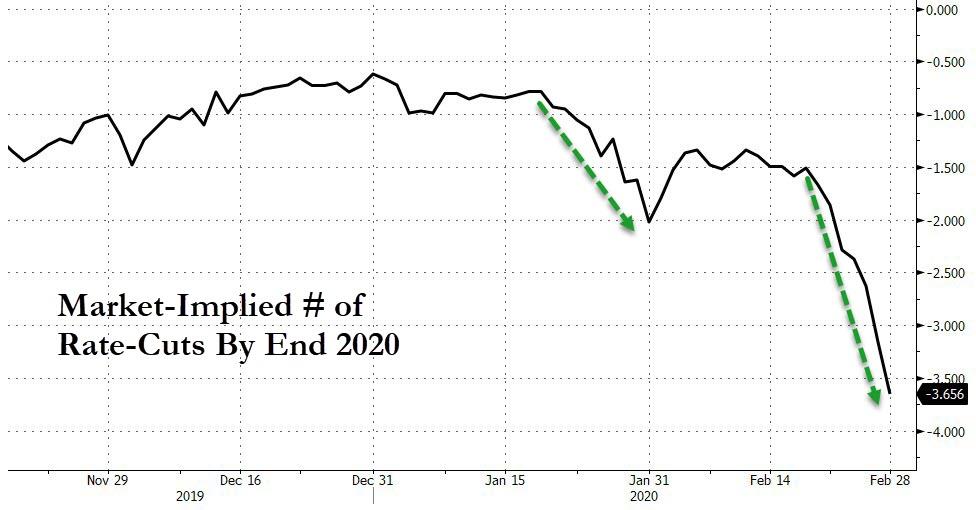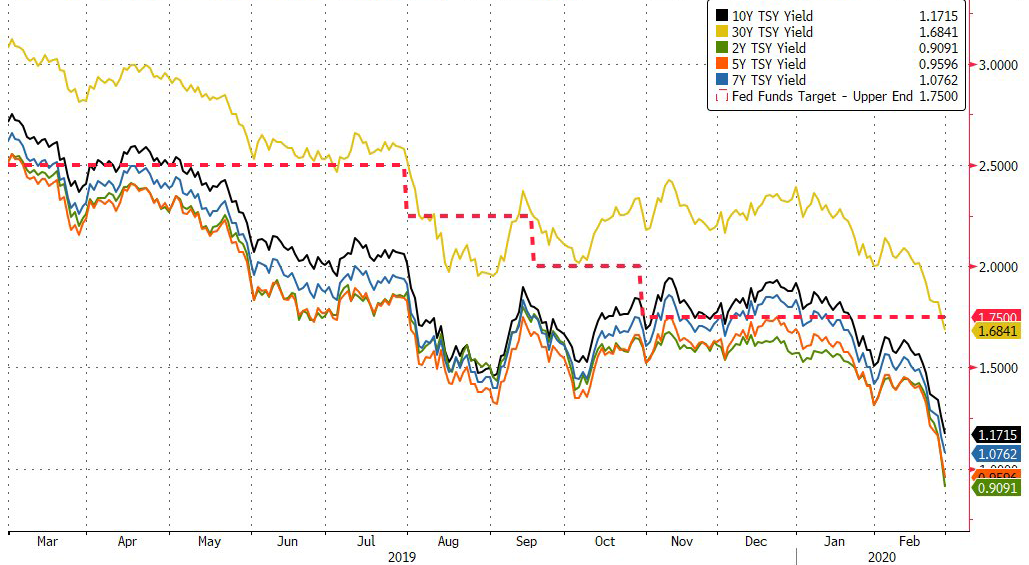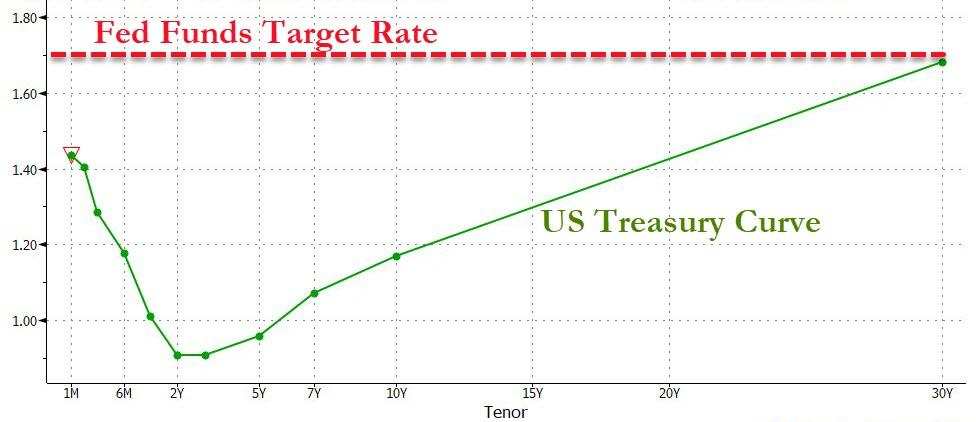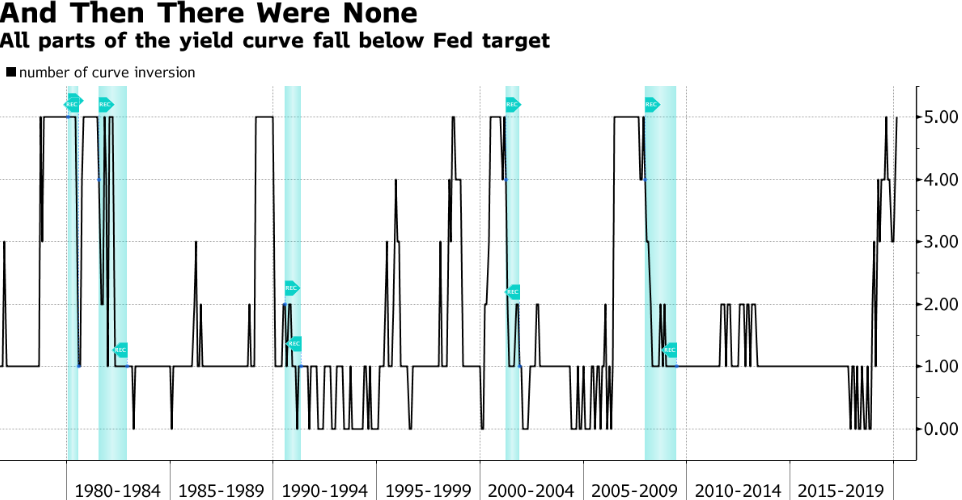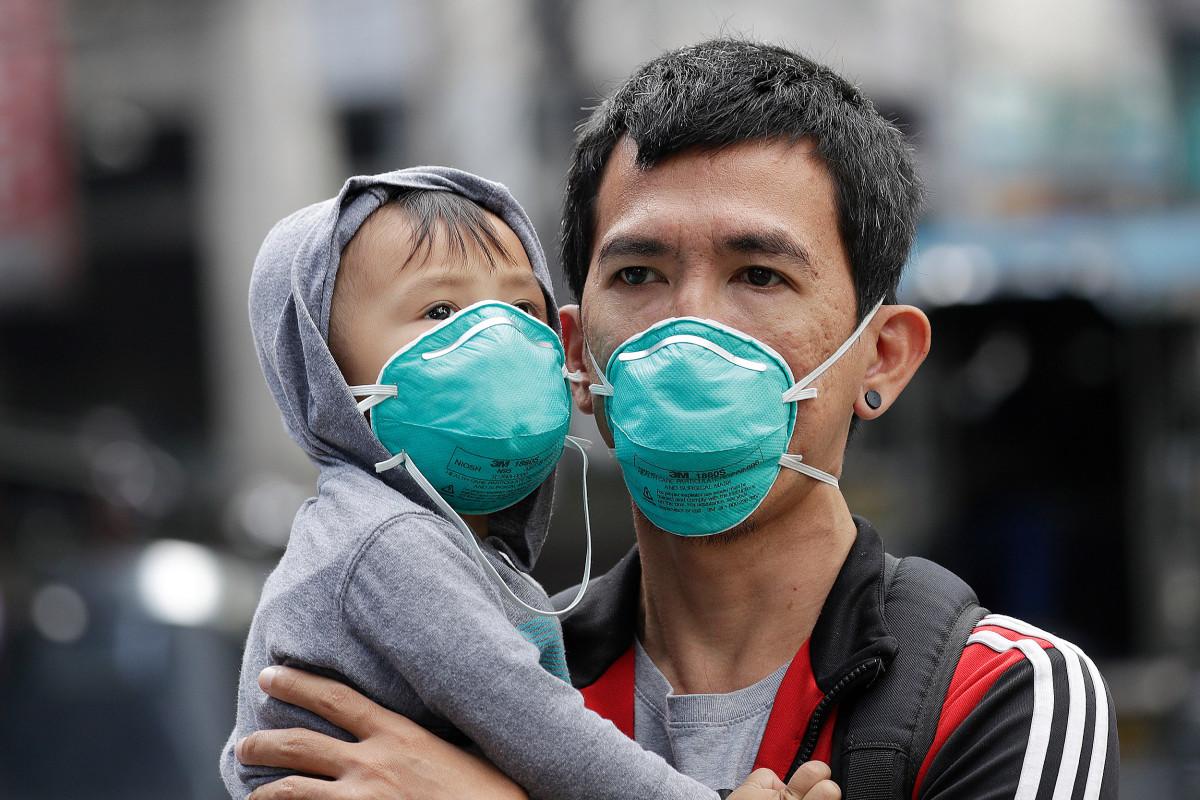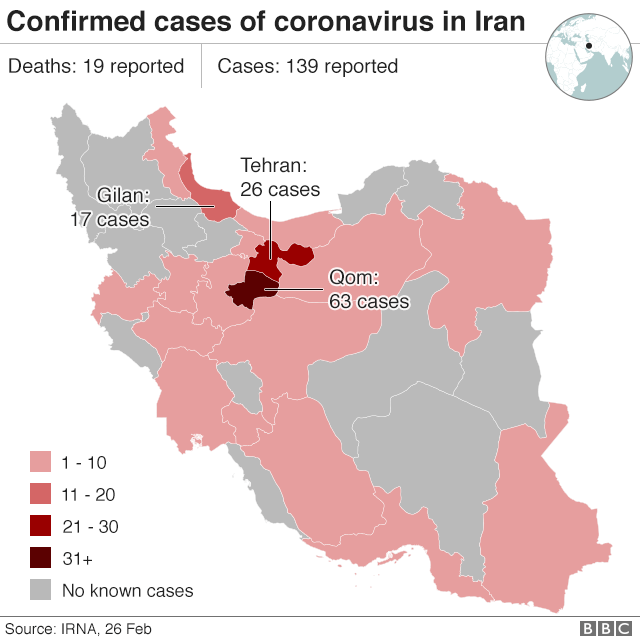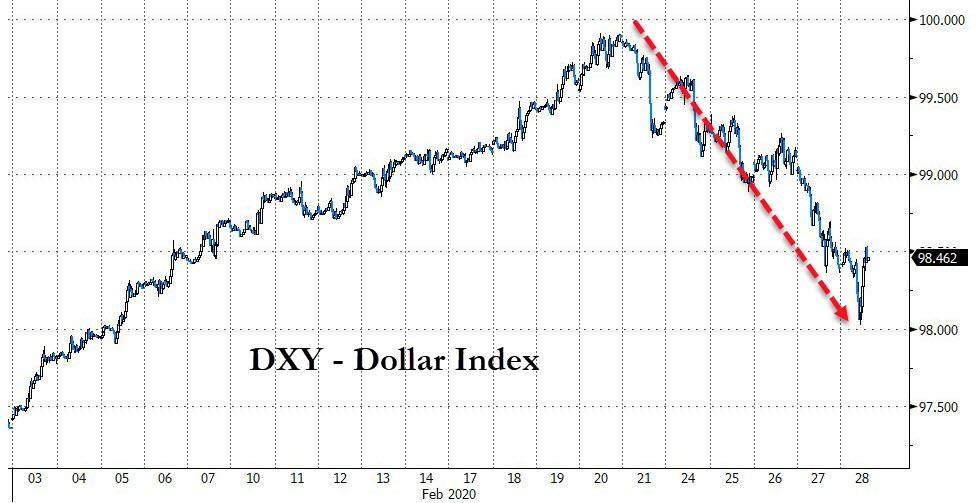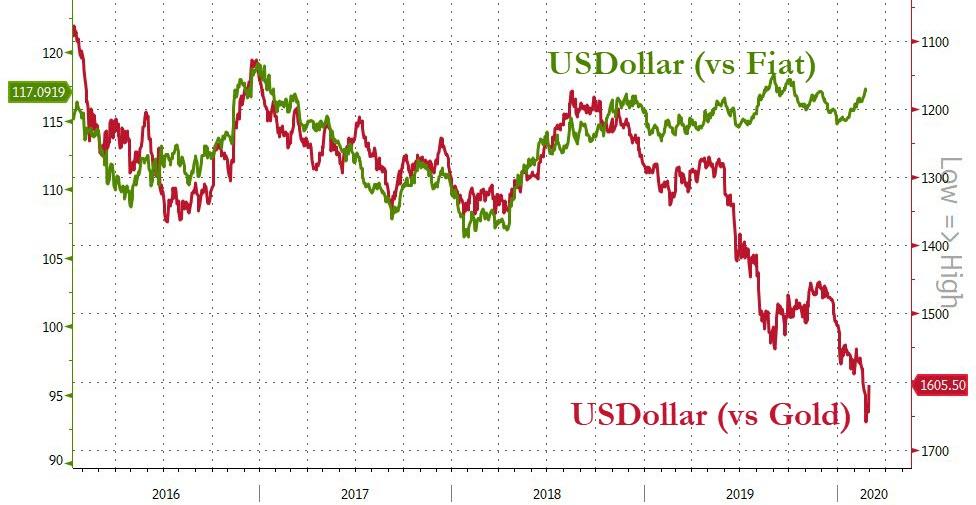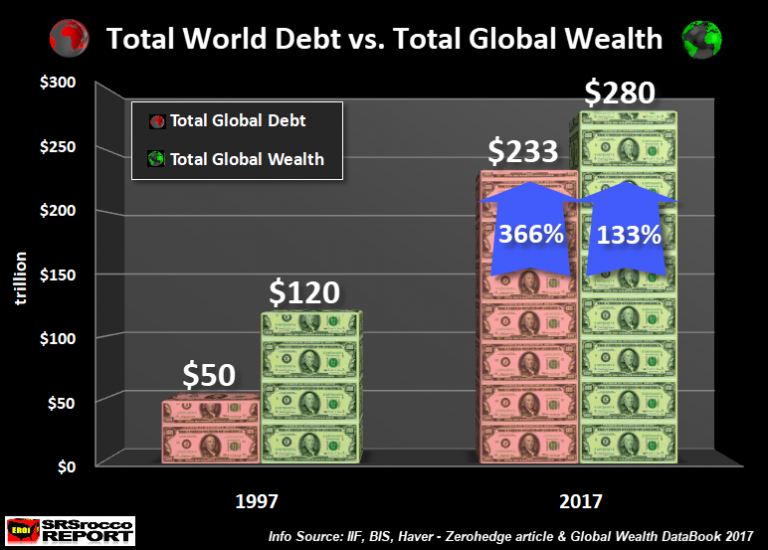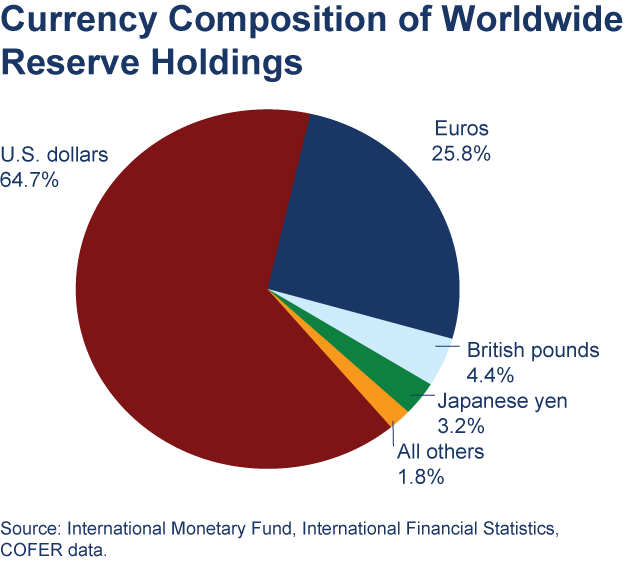The mass migration of human beings from the country to the city started with the Industrial Revolution. According to the U.N., 2007 was the tipping point when more of humanity lived in urban than rural areas. And the trend continues: A projected two-thirds of the global population will live in cities by 2050.
In the U.S., cities have become remarkably expensive because housing prices have outpaced wage growth. Developers don’t build enough new supply to meet rising demand because a thicket of regulations artificially drive up building costs.
Is the solution more density in the core or more sprawl in the periphery—or both? If governments were to remove the artificial restrictions and incentives that shape the landscape of American cities, how would urban dwellers choose to live?
“There is a huge pent up demand for density and for urban living that simply is not being able to get met because of the restrictive zoning,” says urban policy analyst Scott Beyer, founder of The Market Urbanism Report, which promotes market-based solutions to urban planning issues.
Beyer says that urban residents want to live close together in the center city, but that local and state governments are making that difficult with land-use regulations, citing onerous building codes and environmental and public review requirements.
“It really goes down the list of all the different ways that the government controls the pricing and use of land,” says Beyer.
Libertarian urban policy analyst Randall O’Toole, who calls himself “the Antiplanner,” agrees that many city governments overregulate land use but disagrees with Beyer’s claim that more density is the answer to housing affordability.
“Truly affordable housing would be low-density housing built on the urban fringe,” says O’Toole. He blames so-called “smart growth” policies meant to increase urban density for discouraging land outside of a city proper from being developed at all—a goal furthered by the passage of then California State Senator Darrell Steinberg’s 2008 anti–greenhouse emissions law.
Eight years ago, Southern California’s planners adopted a 23-year regional plan to help realize Steinberg’s vision.
“The goal that urban planners have had for many years is not to make housing more affordable, but to pack people into higher-density urban areas,” says O’Toole. “And that’s a goal that I don’t think Americans should support.”
“We used to build an enormous amount more housing more than we do today when we were a smaller state,” California State Senator Scott Wiener (D–San Francisco) testified before the legislature in late January. “Because we did it the old-fashioned way: We built enough housing to accommodate our growth.”
Wiener represents one of America’s least affordable cities, San Francisco, where the density question is hotly debated and hugely consequential.
“Restrictive zoning ensures that housing is perpetually expensive and out of reach for most Californians.”
For years, Wiener has been pushing State Bill 50, which would make it easier to build mid-rise housing near major transit stops by overriding local zoning rules that only allow the construction of single-family homes.
The legislature voted down the bill January 2020—for the third time.
The opposition includes all of the state senators from Los Angeles, which in recent years has seen a mild slowing in the rate of rent increases in the wake of newly added housing stock.
“I understand the supply side of housing,” testified Maria Elena Durazo (D–Los Angeles) during the debate. “But…what about affordable housing?”
Durazo and her fellow senators who voted against the bill argued that Wiener’s bill, which mandates a setaside for subsidized, affordable housing in new buildings with more than 10 units, didn’t do enough to supply affordable housing. The bill, they say, would accelerate gentrification and displacement in their districts and amounted a handout to big developers.
“Scott Wiener is not going out and saying, ‘Let’s abolish zoning,'” says Beyer. “He’s effectively just saying let’s loosen zoning incrementally so that we can allow potentially double or triple the amount of housing on existing land without really having to add to traffic that much or change the character of areas too much.”
But Los Angeles City Councilman Paul Koretz (D–5th District) disagrees and believes a bill like Wiener’s would crowd out low- and middle-income residents.
“They think that you build a million luxury units that that will trickle down and reduce their rents,” says Koretz. “The more luxury housing we build, the more companies will attract tech companies and others with well-paid employees. And we’re sort of tilting the country into California.”
Koretz is also concerned that more apartment buildings will erode the character of the city, which is predominantly occupied by single-family homes
“We would just ruin the aesthetics of single-family neighborhoods just because that Scott Wiener’s vision,” says Koretz. “It would look like our planners had lost their minds.”
Modern Los Angeles was born in the 1920s, as Americans came to work in the oil fields and emerging film and aerospace industries.
Land was plentiful and cheap. By 1930, 94 percent of homes in the city were single-family, but for reasons that had nothing to do with single-family zoning rules, which hadn’t been widely imposed across the city yet.
During the New Deal, the federal government further encouraged low-density development with the creation of the Federal Housing Authority to underwrite mortgages.
And by the 1960s, L.A. homeowners groups were successfully agitating for more restrictive zoning rules to protect single-family home neighborhoods as the city grew.
Today more than 75 percent of residential lots in Los Angeles are zoned for single-family homes or duplexes. San Francisco followed a similar trajectory.
Beyer wants Los Angeles and all American cities to eliminate these restrictions.
“If you’re actually a working mayor and you’re looking for a politically realistic thing to do in your city, I think it would be to really question the idea of whether single-family zoning should even exist in the city and then work for ways to ban that zoning.”
But O’Toole says that growing out, instead of up, is the cheaper, faster, more realistic path to housing affordability, because both construction and land acquisition costs are more expensive in the urban core.
Despite its reputation for sprawl, California is actually home to seven of the 10 densest urbanized areas in the country.
O’Toole says the effort to fight urban sprawl has only driven up housing costs. He points out that there’s still lots of room for growth on the periphery of major California cities, citing a state-sponsored report that identified more than 200,000 acres of privately owned land in both Los Angeles County and the Bay Area that could be developed without threatening sensitive ecosystems or farmland—if only planners would allow it.
“If you want to make housing more affordable, you have to provide an abundant amount of vacant land to build the most affordable housing we’ve got, which is single-family housing. And that means getting rid of urban growth boundaries and other growth management regulations,” says O’Toole.
Beyer agrees that cities should loosen urban growth boundaries, but he argues that more density, not sprawl, would still be more likely in cities San Francisco, citing high land values as evidence of the pent-up demand.
Beyer also points out that homeowners typically don’t pay the full cost required to get roads, electrical lines, and other city infrastructure out to the suburbs.
“And so I kind of view the suburbs as an outcome of social engineering and government planning to a degree. And I look at urban density as the outcome as a more organic market-based outcome,” says Beyer.
O’Toole thinks that even with those costs built in, most Americans, even young adults, will prefer living in more spacious, less dense settings. He points to Census data showing that more 25- to 30-year-olds are moving from cities to suburbs than the other way around, and a recent Gallup poll finding only 17 percent of young people saying they want to live in a big city.
“Urban planners have spread these myths in order to justify their goal of increasing urban densities,” says O’Toole. “But that’s not the way Americans have wanted to live for the last hundred years. And there is no sign that American tastes have changed.”
O’Toole attributes the lionization of cities to the influence of the urban theorist Jane Jacobs.
Jacobs’ landmark 1961 book, The Death and Life of Great American Cities, accused the federal government of destroying city life by financing the destruction of dense neighborhoods. The federal bulldozer replaced urban communities with modernist “towers in the park” that were missing what Jacobs called the “ballet” of urban street life.
The federal government also encouraged suburbanization with federally subsidized mortgages and the construction of the interstate highway system.
O’Toole agrees with Jacobs’ critique of federal housing policy, but he says that her idealization of cities led even many free market urbanists to mistake her particular tastes for the opinions of most Americans.
So in a freer market, would we see more density, or more sprawl?
The city of Houston, Texas, provides clues.
Both Beyer and O’Toole point to Houston as an American city that gets it more or less right. It’s one of America’s fastest-growing cities, yet housing prices remain low compared to America’s large coastal cities.
What makes Houston unique? It’s the only large U.S. city with no zoning whatsoever and, just as importantly to O’Toole, no urban growth boundaries.
The result? A fairly dense downtown with several towering skyscrapers but with an enormous footprint and that quickly becomes far less dense as you move out towards the periphery.
“If Houston tells us anything, it’s that if you liberalize the market and allow people to move into your area and access affordable housing, you’re going to get a whole variety of housing types. You’ll get everything,” says Beyer.
O’Toole points out that Houston’s single-family homeowners can form protective covenants to restrict the development of single-family homes into apartment buildings. He sees this as mostly a voluntary market phenomenon that reflects the preferences of homeowners—even though these covenants are government-sanctioned, requiring 75 percent approval by participating homeowners.
“Property rights are sometimes described as a bundle of sticks,” O’Toole says. He calls the ability to ensure one’s neighborhood retains its character through deed restriction a “very valuable stick.”
O’Toole says that if cities were to abandon zoning, they would best serve their residents by allowing the formation of similar covenants, but Beyer disagrees.
“If somebody has located in a neighborhood and bought a home in a hot urban area, do they have a right to…prevent other people from moving in? And I would say no,” he says.
The density question can only be answered if the government stops interfering with the housing market, allowing consumer preferences to shape the urban landscape.
And that’s something O’Toole and Beyer would both like to see.
“The government control of land use and zoning has caused housing to be unaffordable,” says Beyer. “And I think that market urbanism is a way to reverse those trends.”
Produced by Zach Weissmueller. Camera by Jim Epstein, Andrew Hinton, John Osterhoudt, Justin Monticello, and Weissmueller. Graphics by Lex Villena.
Music: “Phase 2” by Xylo Ziko used under an Attribution-Noncommercial-Share Alike Creative Commons License; “Hallon” by Christian Bjoerklund used under an Attribution-NonCommercial-ShareAlike 3.0 International License.
Photo Credits: “Jane Jacobs” by Ron Bull/ZUMA Press/Newscom; “Darrell Steinberg” by Joan Barnett Lee/ZUMA Press/Newscom; ID 101299198 © Gábor Kovács | Dreamstime.com ID 111434954 © Jim Roberts | Dreamstime.com ID 131696329 © Ricardo Vallejo | Dreamstime.com ID 12653034 © Georgii Dolgykh.

from Latest – Reason.com https://ift.tt/399vSuw
via IFTTT
